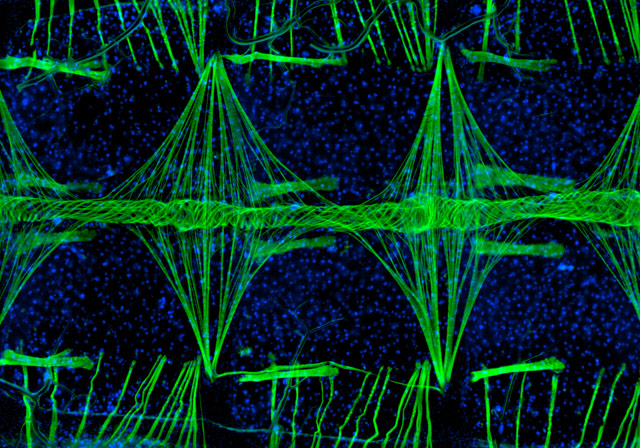
(source)
A


Hunter Freeman is a rather sucessful product/commercial photographer, he did the "color wheel" iMac series among other things. One of his side artistic endeavors is a series of "humanoid" assemblages, built of bits and pieces of machinery.
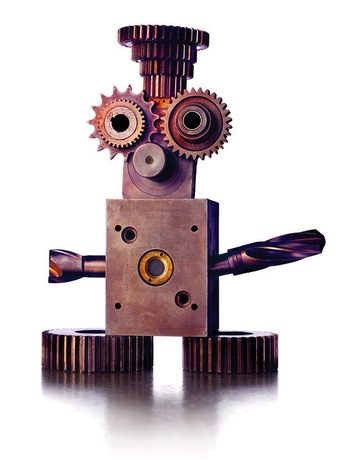 | 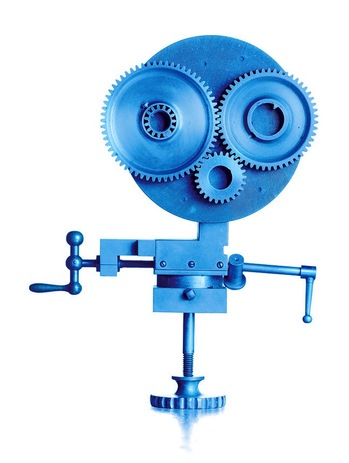 |
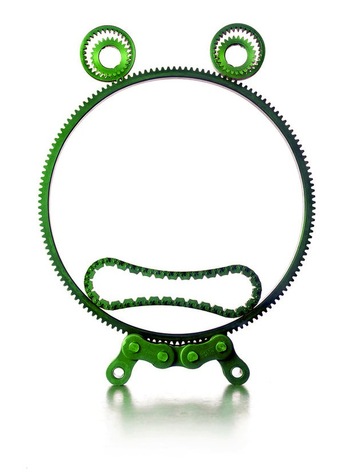 | 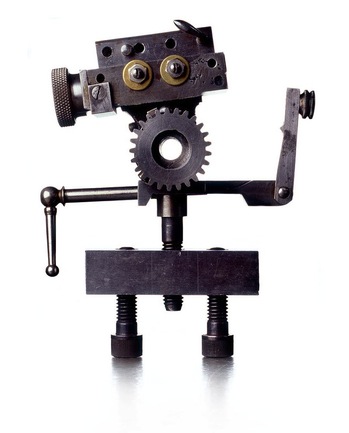 |
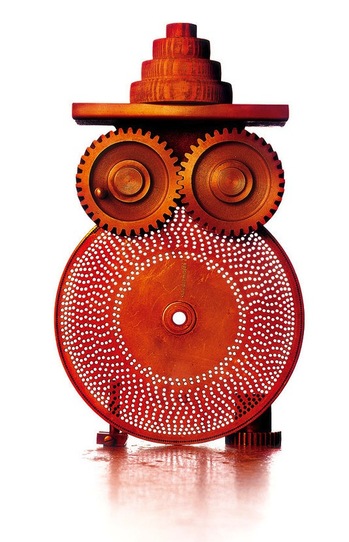 |  |
All of these, and more are on the photographers web-gallery
A


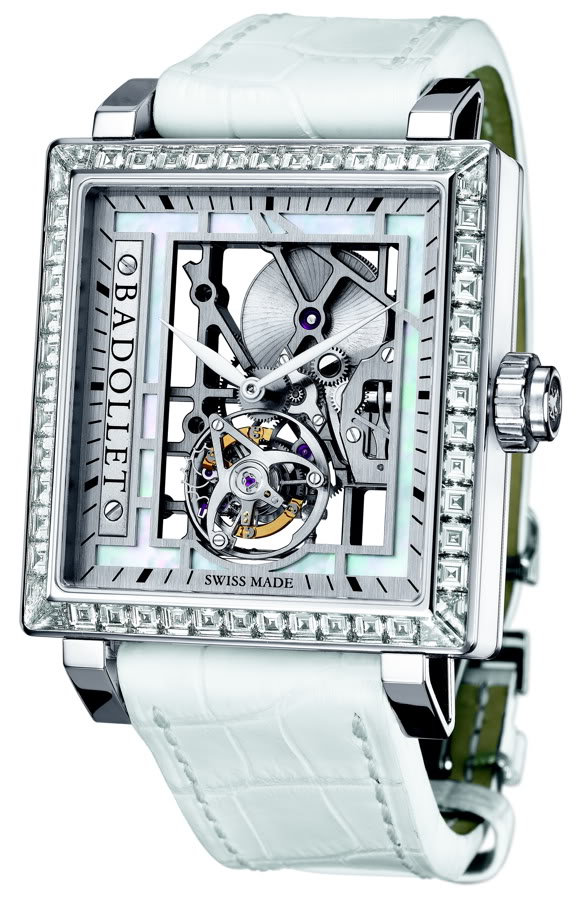
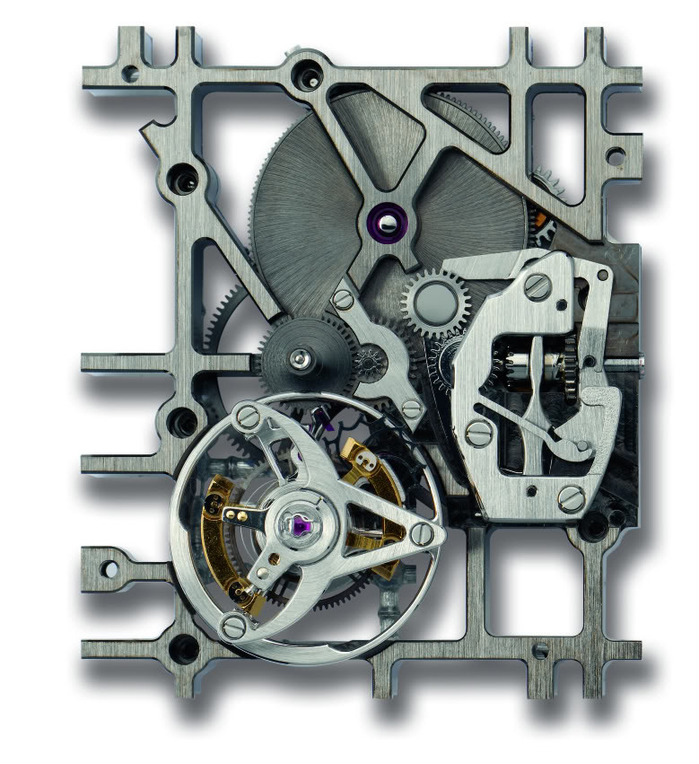
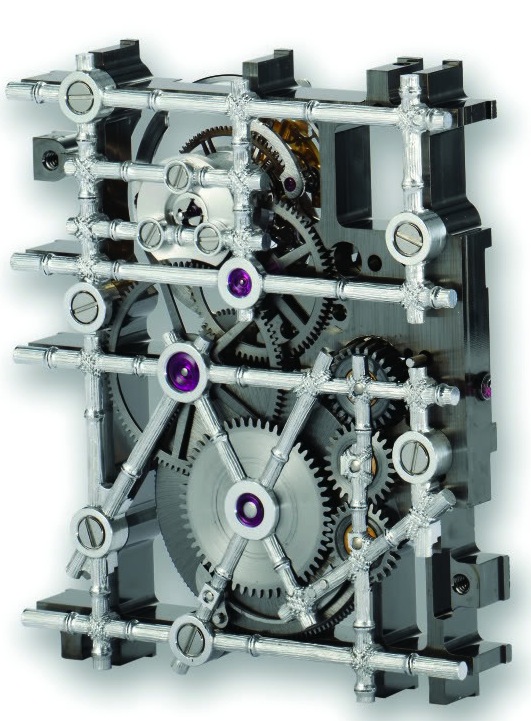
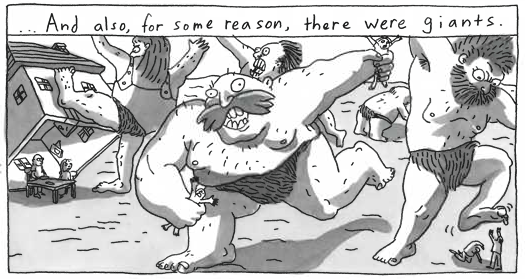
The myth is that the first wristwatch was created by A. L. Breguet on commission from the Emperor Napoleon as a gift for his sister Caroline, the Queen of Naples. Whether or not this is the case, the modern Breguet has adopted it, and named their high-end collection of ladies watches the Reine de Naples. The watches tend to have an egg shape to them, which requires them to either have oddly distorted numerals or a complication (power-reserve or moonphase) at the top, the following piece is one of the former.
It is set on an 18kt bracelet and has a painted mother-of-pearl dial set with a rather large, perhaps 1/2 ct, diamond at 6 o'clock.
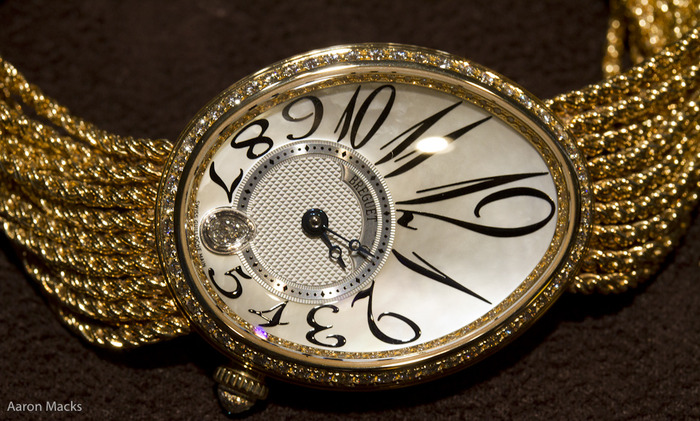
A closeup of the dial shows the guilloche circle inset into the mother-of-pearl dial with the painted numerals.
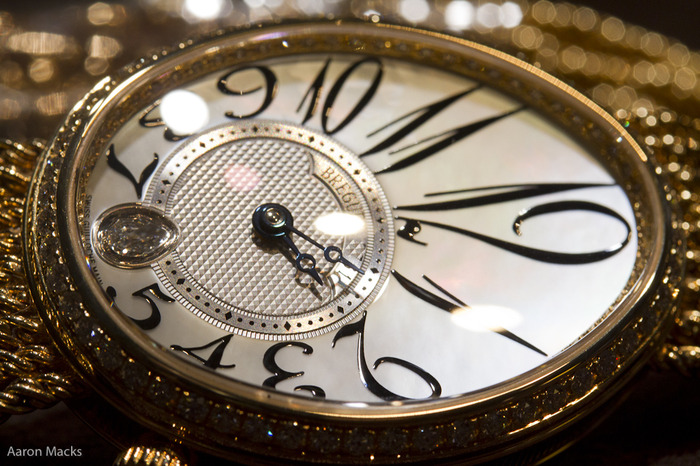
Both photos are mine
A
ps. the weird anomoly on the dial between approx 1 and 3 o'clock is a blurring of the serial number, which Breguet prints on the dial for some silly reason
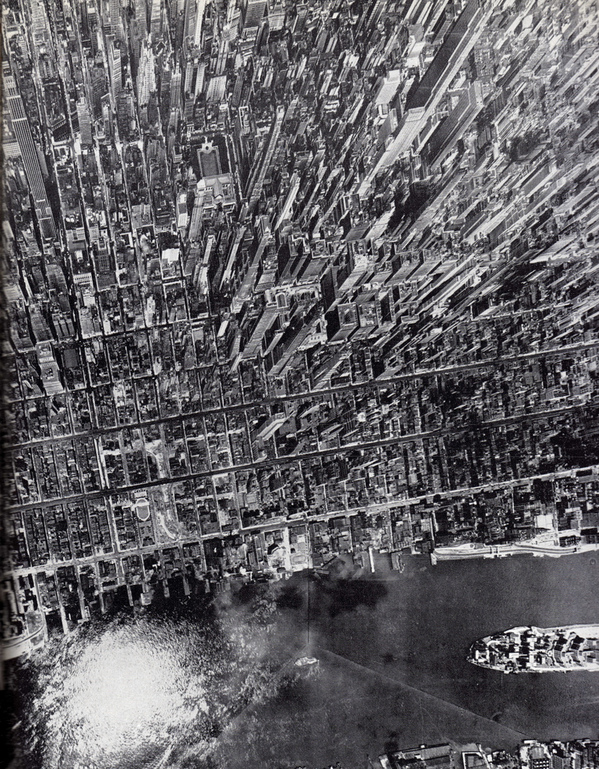
Eric Staller has been working as an artist since the mid 1970s, frequently in film, both still and moving. In the late 1970s through 1980, he did a series of long exposure photographs, taken in NYC, with details painted in with light, similar to work by Picasso, Man Ray and Julien Breton.
I particularly like a few that build on the buildings and streets of New York. The following are from his website.
Ribbon on Hannover St, 1977

Synergy II
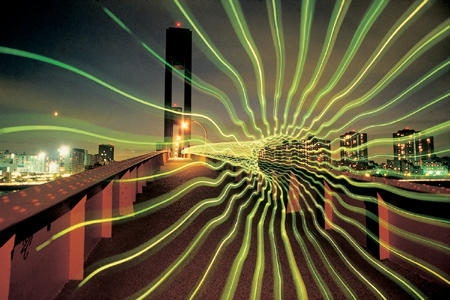
Light Tubes 1977
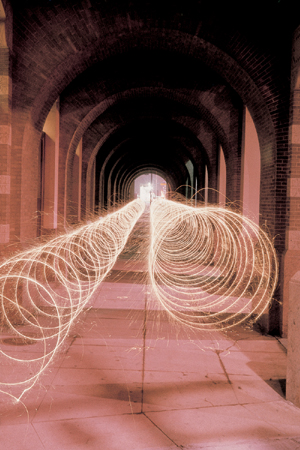
Finally from his Non Sequiturs collection is an unrelated piece that just amused me
Mermaid
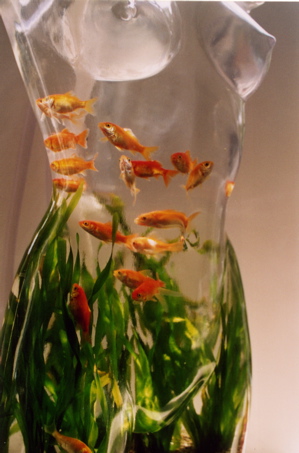
A
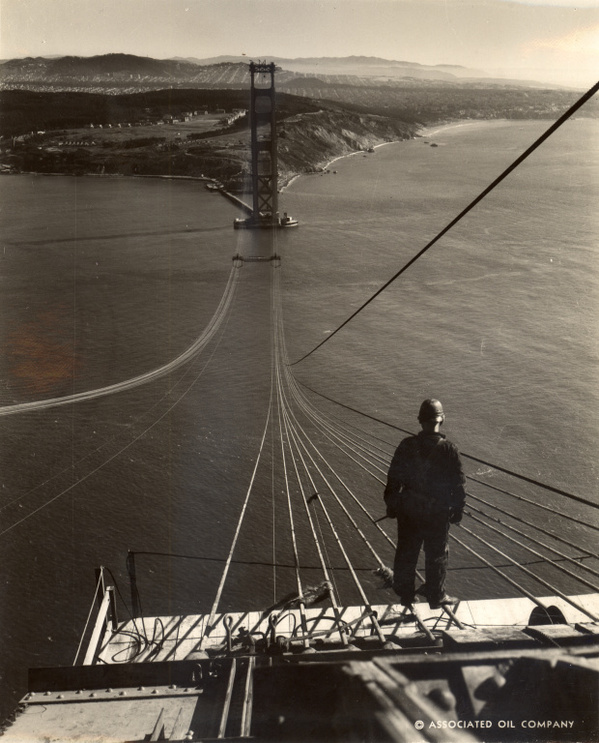
A bridge worker stands atop the north (Marin) tower, September, 1935. The footbridge ropes seen here were soon replaced by catwalks, used to transport workers and materials. Construction of the Golden Gate Bridge commenced on January 5, 1933 and lasted four and a half years, at a cost of over 35 million dollars. The landmark structure is one of the largest suspension bridges in the world. Connecting Marin County and the peninsula of San Francisco, the bridge spans the entrance to the Golden Gate. This image is from a collection of nearly 100 period photographs documenting the bridge's complex and often dangerous construction process. These photographs were commissioned by the Associated Oil Company and taken by photographer Charles M. Hiller between 1933 and 1936.Source